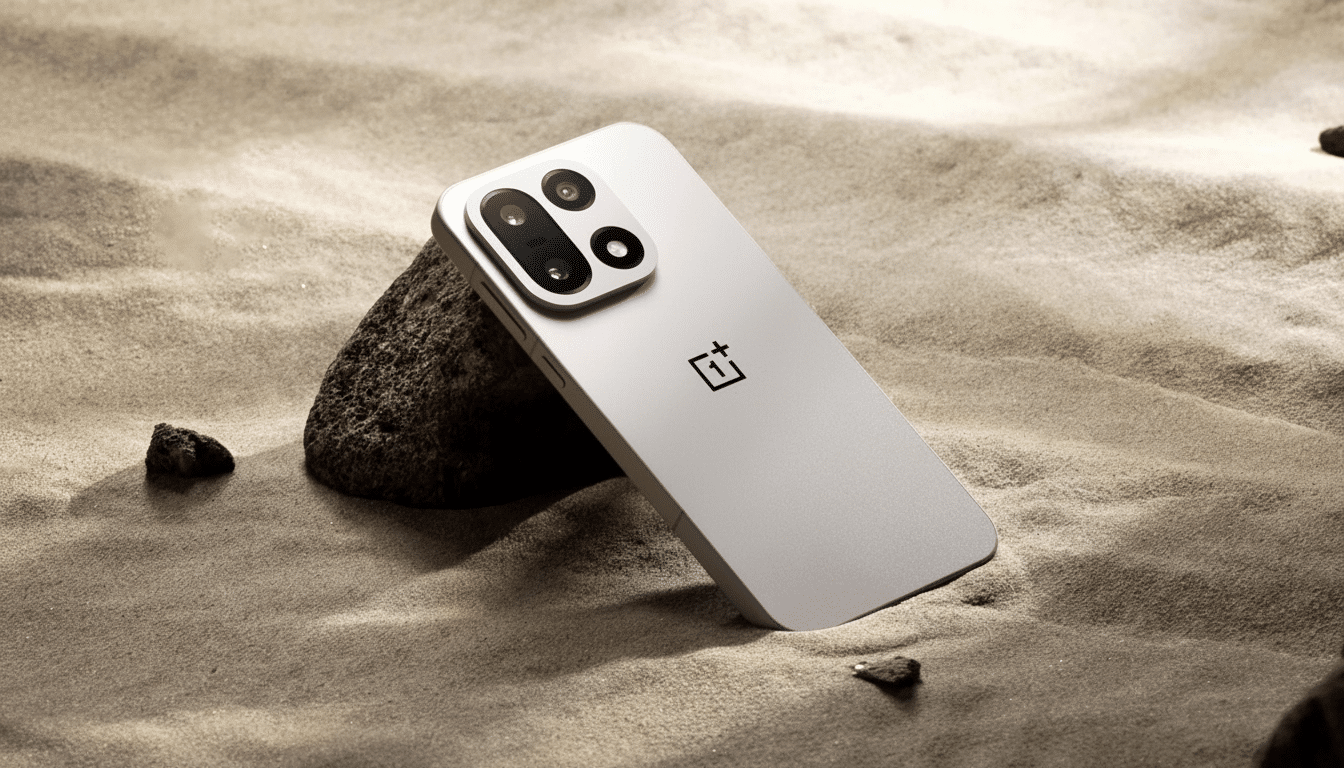OnePlus is making its latest flagship all about battery longevity, promising the OnePlus 15 will retain 80% of its original capacity after four years of regular use. That projection is coupled with an equally newsworthy number: the company claims the phone retains “excellent health” after around 1,400 full charging cycles — that’s even higher than what the OnePlus 13 reported for the same 80% metric at its own 1,000-cycle figure.
What OnePlus Is Promising for Longevity and Charge Cycles
The headline claim is simple: 80% capacity retention after four years. In business terms, that’s the line where most customers start to notice meaningful longevity loss, so pushing that horizon further out is significant. OnePlus is following up the time-based pledge with an actual cycles number, saying that its OnePlus 15 will be in “excellent health” after about 1,400 charge–discharge cycles.
- What OnePlus Is Promising for Longevity and Charge Cycles
- How It Compares With OnePlus 13 and 12 on Battery Longevity
- Why Battery Health Claims Matter for Everyday Use
- What Might Be Moving the Market for Longer Battery Life
- Real-World Battery Expectations Based on Charging Habits
- Bottom Line on OnePlus 15 Longevity Versus Prior Models

Time and cycles can tell very different stories. OnePlus’ Chinese product page puts the pledge in a bit of context, based on an assumption of one full cycle per 1.35 days or so, counting to around 1,350 cycles while still retaining about 80% capacity over five years. That estimate falls in the same range as the 1,400-cycle guidance and serves to translate the claim into everyday behavior.
How It Compares With OnePlus 13 and 12 on Battery Longevity
On paper, the OnePlus 15 beats the OnePlus 13 with its durability profile. The label database of the European Commission has listed the OnePlus 13 as supporting 1,000 cycles at a charge to 80 percent. OnePlus, in comparison, rates the 15 at roughly 1,400 cycles — nearly a 40% boost in cycle-life endurance before reaching that very same (80%) mark.
Curiously, the OnePlus 12 received a rating of around 1,600 cycles, with an advertised four years of battery life. That discrepancy underscores an important nuance: The number of total cycles is just half the story; the battery’s size and how often you need to charge it make a big difference. When you have a bigger pack, it tends to stretch the time between charges so that even with a moderate cycle ceiling less than the 12’s, the 15 could meet a four-year 80% real-world timeline.
Why Battery Health Claims Matter for Everyday Use
The health of the battery forms the backbone for day-to-day performance, including screen-on time and long-standing camera and gaming indulgences. Most consumers never see the raw cycle count, but they do feel the difference between a phone that still lasts comfortably all day and one that has suddenly started gasping for breath by mid-afternoon. It’s worth noting that some manufacturers, benchmark publishers, and testing labs, such as IEC battery standards-based labs, would consider this an acceptable capacity retention level: greater than 80%.
It’s also a matter of context: most mainstream phones now aim to provide around 800–1,000 cycles to 80%. Apple updated its guidance on recent iPhone models to 1,000 cycles to 80%, suggesting the bar for flagship devices has already been raised. In that context, to have OnePlus tout the 15 at around 1,400 cycles is a solid increase for Android phones.

What Might Be Moving the Market for Longer Battery Life
OnePlus hasn’t released a full chemistry teardown, but some of the likeliest contributors are pretty standard throughout the industry: Dual-cell designs lighten the current load per cell under fast charging, while revised battery-management systems can moderate charge rates as temperatures climb. They can also rely on better charging algorithms and smarter strategies when the phone’s plugged in overnight — those final 10% of a charge degrade cells most rapidly if not handled correctly.
It’s partly due to the larger battery footprint itself. Greater capacity also means less frequent full cycles over the same usage time frame, which in turn directly pushes off when you reach that 80% mark, even if the absolute cycle cap isn’t the highest it’s ever been in lineup history.
Real-World Battery Expectations Based on Charging Habits
Translate those claims into habits, and the picture sharpens further. If you discharge a full charge every 1.35 days, though, then according to OnePlus math it’s around five years before you hit that 80%. Heavy users — those who complete a cycle at least once a day — would hit about 1,400 cycles in less than four years, while lighter ones who squeeze two days from each cycle could witness even slower degradation.
As always, conditions matter. Regular high-wattage charging in hot climes, frequent 0% to 100% swings, and gaming while plugged in will erode health faster. Keep the phone on the cool side, try not to deeply discharge it, and take advantage of adaptive charging when you can can help real-world results come more in line with those advertised numbers.
Bottom Line on OnePlus 15 Longevity Versus Prior Models
The OnePlus 15’s guaranteed 80% capacity after four years, with an estimated 1,400 cycles thrown in there for good measure, is a clear step up from the OnePlus 13’s promised level of just over a mere thousand full-charge cycles. While the OnePlus 12 is still no slouch with around 1,600 cycles on paper, it’s clear thanks to both a larger pack and improved battery management that the 15 should be far more durable in practice than its direct predecessor. For people who hold onto their phones a bit longer, that extra headroom could be the difference between a battery that merely lasts and one you still feel comfortable leaning on years into ownership.

